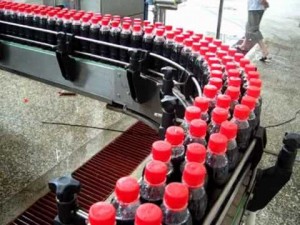For my post I decided to discuss the replacement officials in the National Football League as it relates to the entertainment quality to the viewer. NFL football is notoriously popular with television viewers; however the recent NFL labor dispute with the regular officials, has caused some concern over the league’s appeal. Pro football is a multimillion dollar business which hinges on its popularity. But with viewers becoming upset over botched calls and sluggish games, is the entertainment quality of watching football really diminished by substitute referees?
Some would argue yes, as illustrated in the New York Times article I read on this topic titled “In N.F.L, the Show Goes On and On” (Borden, 2012). http://www.nytimes.com/2012/09/23/sports/football/with-nfl-replacement-officials-on-field-pace-of-games-sputters.html?pagewanted=all&_moc.semityn.www This article points to the obvious slowing of the game (rate of play) which may draw some fans to change the channel. NFL fans have been used to a fast paced high scoring game, now it seems the rhythm and tempo have vanished. Most of the criticism for this is pointed at the replacement officials, who are not accustomed to working nationally televised games. They are accountable for keeping the game moving, enforcing penalties smoothly and quickly, and moving to and from mandatory network commercial breaks. They are a key piece to a smooth broadcast. The stops and starts also affect the finished product delivered to fans and the most exciting part of football, the scoring.
This reflects the point covered in class 9/17 on pg.1 of the slides, Deming’s economic chain reaction. To stay in business a company must capture a larger market, through improved productivity, better use of resources, and fewer mistakes and delays. The NFL has a setback in their system and the replacement officials provide a large source of variation to the process. This variation caused by the officials can result in product failures, unhappy customers, and higher costs. So in some ways the entertainment quality to me has been reduced. I mean I don’t mind watching three hour games, but I want to see some vertical throws and some fast paced action, not referee huddles and on field confusion about a ball spot.
Conversely every year, long, slow games are always prevalent. Football is a lucky game full of hops and bounces and the results can be unusual. According the article, ratings haven’t slipped and fans still tune in on Sunday. And I’m pretty sure they will continue to. Each week I’m sure the officials are working to improve. This incremental improvements approach (Kaizen) is necessary to get better on a continual basis, little by little to increase the overall process of officiating. However with on field system errors the finished product could suffer. Do you think the entertainment quality for football viewers and fans is diminished or reduced as a result of replacement officials in the NFL?

